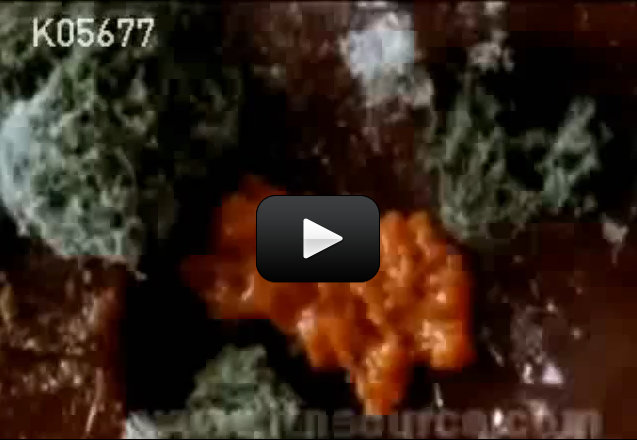This type of slime Physarum Polycephalum is called the “many-headed slime”. This slime likes shady, cool, moist areas like you’d find in decaying logs and branches. Slime (or slime mold) is a word used to define protists that use spores to reproduce. (Note: Slime used to be classified as fungi.)
Real slime lives on microorganisms that inhabit dirt, grass, dead leaves, rotting logs, tropical fruits, air conditioners, gutters, classrooms and laboratories. Slime can grow to an area of several square meters.
Slime shows curious behaviors. It can follow a maze, reconnect itself when chopped in half, and predict whether an environment is good to live in or not. Scientists have battled with the ideas that at first glance, slime appears to be simply a “bag of amoebae”, but upon further study, seem to behave as if they have simple brains, like insects.
Slime can be either a plasmodial slime, a bag of cytoplasm containing thousands of individual nuclei, or a cellular slime which usually stays as individual unicellular protists until a chemical signal is released, causing the cells to gather and acts as one organism.
Please login or register to read the rest of this content.


Except for a possible allergic reaction to the spores, it is not known to be a risk to humans.
Is that slime or any slime like that dangerous to humans?
eww
Really yucky looking.
Awesome! It looked really cool. I never knew that it could go through a maze.
Awesome
*wow, not waw
eww!
gross
gross